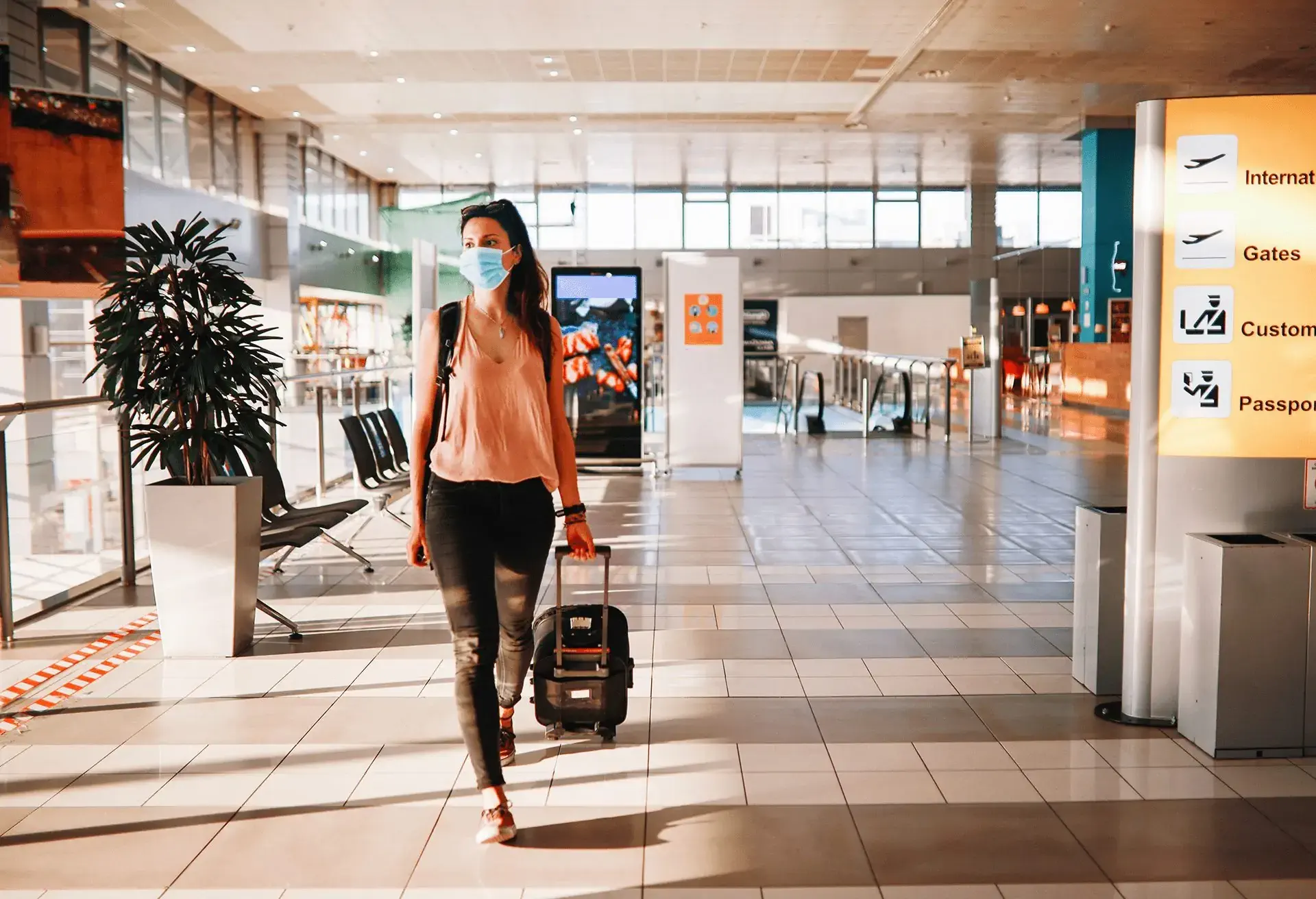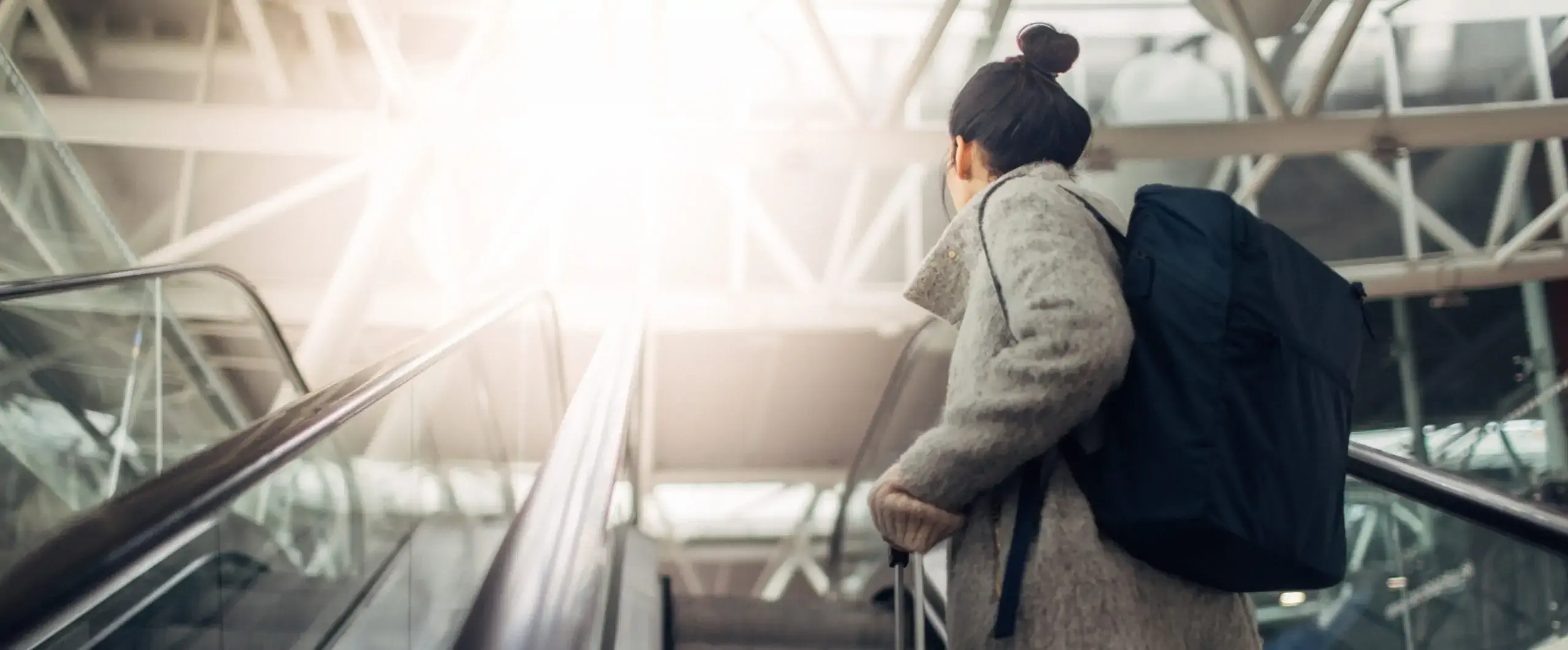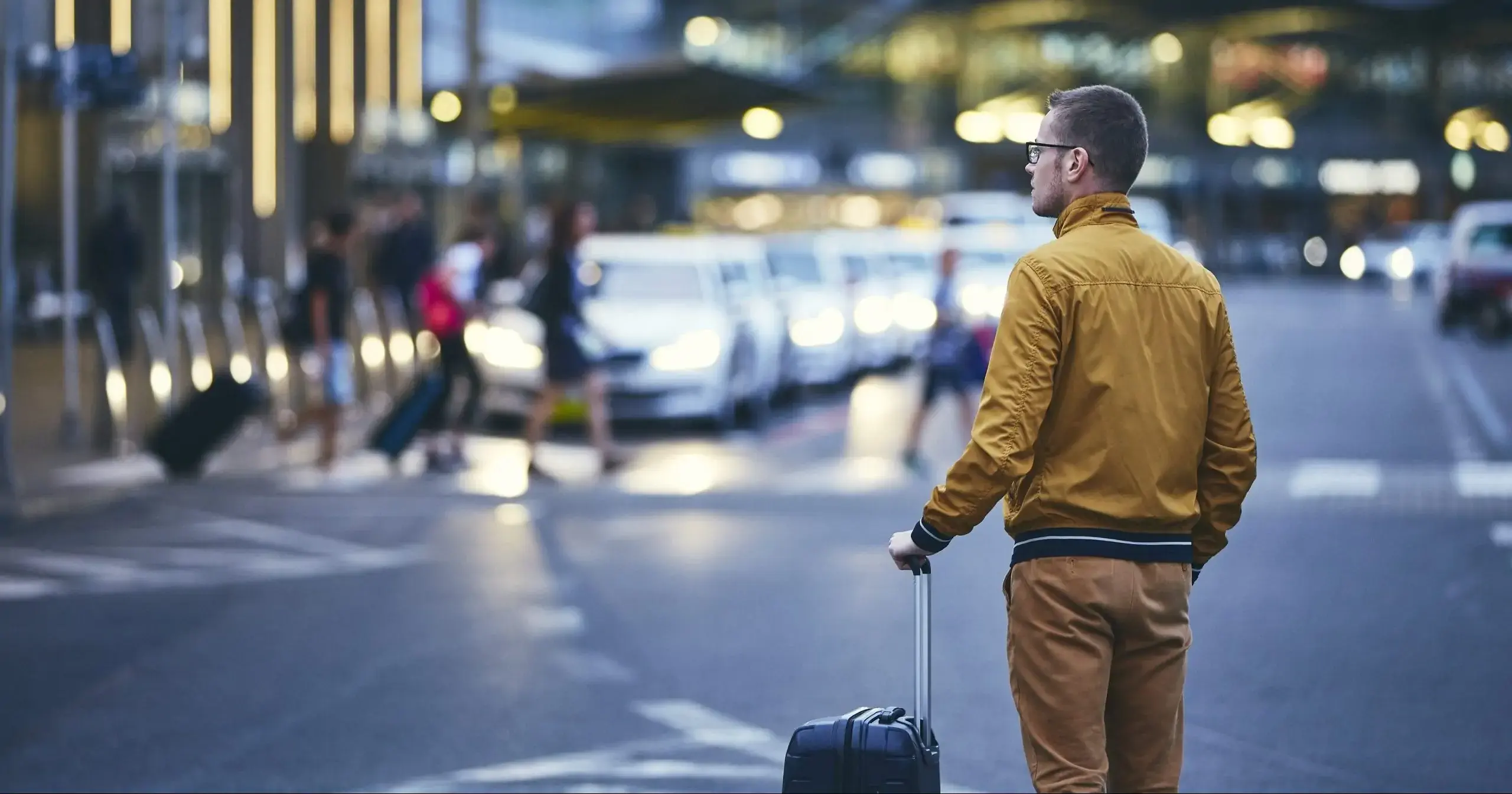With travel rules and guidance updating frequently, we’re here to help you navigate travel planning. You can use our interactive Travel Restrictions map to stay up-to-date on country and state-level restrictions. But to help you navigate the latest domestic and international policies in place, we’re breaking down what you need to know.
Travel into the US will require a negative test
Since the emergence of the Omicron variant in the US, effective Dec. 6, 2021, all air travelers entering the United States, whether US citizen or foreign national, that are age 2 or older must show proof of a negative COVID test taken within 1 day of boarding a flight or provide documentation of recovery, regardless of vaccination status.
What does this mean for travelers?
Know before you go. Do research into available testing in your destination and make a plan to get tested within 1 day of your scheduled return flight. Acceptable tests usually include the PCR, LAMP or TMA, but be sure to confirm with your airline and relevant national authority that the test you’re planning to take is authorized for use when traveling.
Be prepared. It goes without saying, but following safety protocols is incredibly important when traveling. If you are unable to get a test or you test positive before your flight home, you’ll be unable to travel and will need to secure and pay for accommodations on your own dime. If you are traveling, it’s important to have a plan for this scenario. From putting savings aside for accommodations and incidentals, so you’re not stranded, to planning for missed work and responsibilities..
If you’ve already had COVID-19 and are hoping to skip the new requirement, be sure you have the appropriate documents.
- Test results that say you’ve had COVID-19 in the past 90 days (this time window is non-negotiable).
- A note from your doctor saying you’re OK to travel.
Pro tip: If you’re traveling domestically, KAYAK has partnered with LetsGetChecked to offer travelers an exclusive discount on at-home tests. Learn more and get a test.
Masks are required on all modes of transportation
The CDC requires that masks be worn on flights, trains, buses, subways, ferries and ride shares, regardless of vaccination status.
A mask must be worn while “boarding, disembarking, and for the duration of travel,” according to previous guidance outlined by the CDC. It also further clarifies what is considered a mask. Scarves, ski masks, balaclavas or bandanas are not acceptable under the mandate, and while face shields can give an added layer of protection, they alone aren’t enough to satisfy the requirement.
As of June 10, 2021, the CDC no longer requires that people wear a mask in outdoor areas of public transportation, for example, uncovered top decks of buses or open deck areas of ferries, or while outdoors at transportation hubs. However, this can depend on local guidelines so we recommend following posted guidance or asking operating personnel where unclear.
While there are exceptions (children under 2 and those who cannot safely wear a mask due to a disability as defined by the Americans with Disabilities Act), it’s important to know before you go. You can read more and access the full order on the CDC website.
Temporary travel bans may be in place
As the past year has shown, travel restrictions tend to update frequently and regulations can change. Be sure before you travel or plan a trip, you are aware of the laws and rules both of the US and of the local laws in the city, state or country you’re planning on visiting.
Despite all the changing restrictions, we’re still optimistic that there are ways to continue experiencing the world safely. Be sure to always follow local guidance, look for destinations that let you get outside, and use our flexible filters for options with no change fees or free cancellation – so you have peace of mind if plans change.
This blog was originally published on February 2, 2021.






